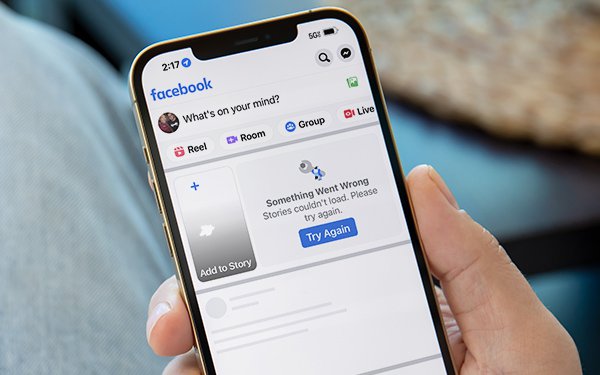Not every new platform works for local-direct clients! Philip Jay LeNoble, Ph.D.
Advertisers Value Addressable TV... But Lack Consensus On Defining It
- by Karlene Lukovitz @KLmarketdaily, Yesterday
Although nearly a third of advertisers consider addressable TV to be a “must-buy,” there’s no real consensus about how to define it.
So finds a survey of 200 U.S. video advertisers conducted in June for WarnerMedia Ad Sales and DirecTV by Advertiser Perceptions. The survey built on research on addressable and connected TV (CTV) conducted last year.
Clear majorities agreed that addressable is a reliable way to reach their audiences, and that they are satisfied with the results of their addressable campaigns (85% and 79%, respectively).
This year, 32% described addressable as a must-buy — up 7 points from 25% in last year’s survey — and 44% as a complementary buy (up from 41%).
The number considering it a discretionary buy declined to 18%, from 24%, and just 6% consider it an experimental buy (down from 10%).
Further, 47% said they expect their company or main client to increase spending on addressable TV over the next 12 months (compared with 55% saying the same about CTV). And one in four said they would increase investments in addressable TV if they were provided with addressable/digital cross-screen solutions.
While the researchers had their own clear definition of addressable TV (shown above), advertisers tended to define addressable TV holistically, with “targeting” and “targeted ads” being the terms most commonly used, according to the study report.
Asked in a separate question to choose which of several definitions best describes addressable, just over third (37%) picked “Targeted ads dynamically inserted into a content stream, allowing for different ads to be served to relevant households within the same ad break.”
But much smaller percentages chose a variety of other definitions (top of page).
One marketing manager admitted: “Confusion. I can’t quite seem to remember the precise difference between OTT, CTV, addressable, and data-driven, to be honest.”
Perhaps that’s not so odd: In general, the participating advertisers tended to perceive CTV and addressable TV similarly, suggesting that they view them as complementary rather than as an either/or investment.
Both are perceived as offering increased ad relevance, incremental reach, and reliable audience targeting.
However, those who said CTV is most important to achieving their goals tended to agree that addressable TV’s ability to test and learn is its top benefit, implying a desire to experiment with both CTV and addressable, while those who said linear is most important to achieving their goals tended to view addressable’s ability to deliver more relevant ads as its top benefit.
Inadequate audience and campaign measurement was cited by 32% and 37%, respectively.














